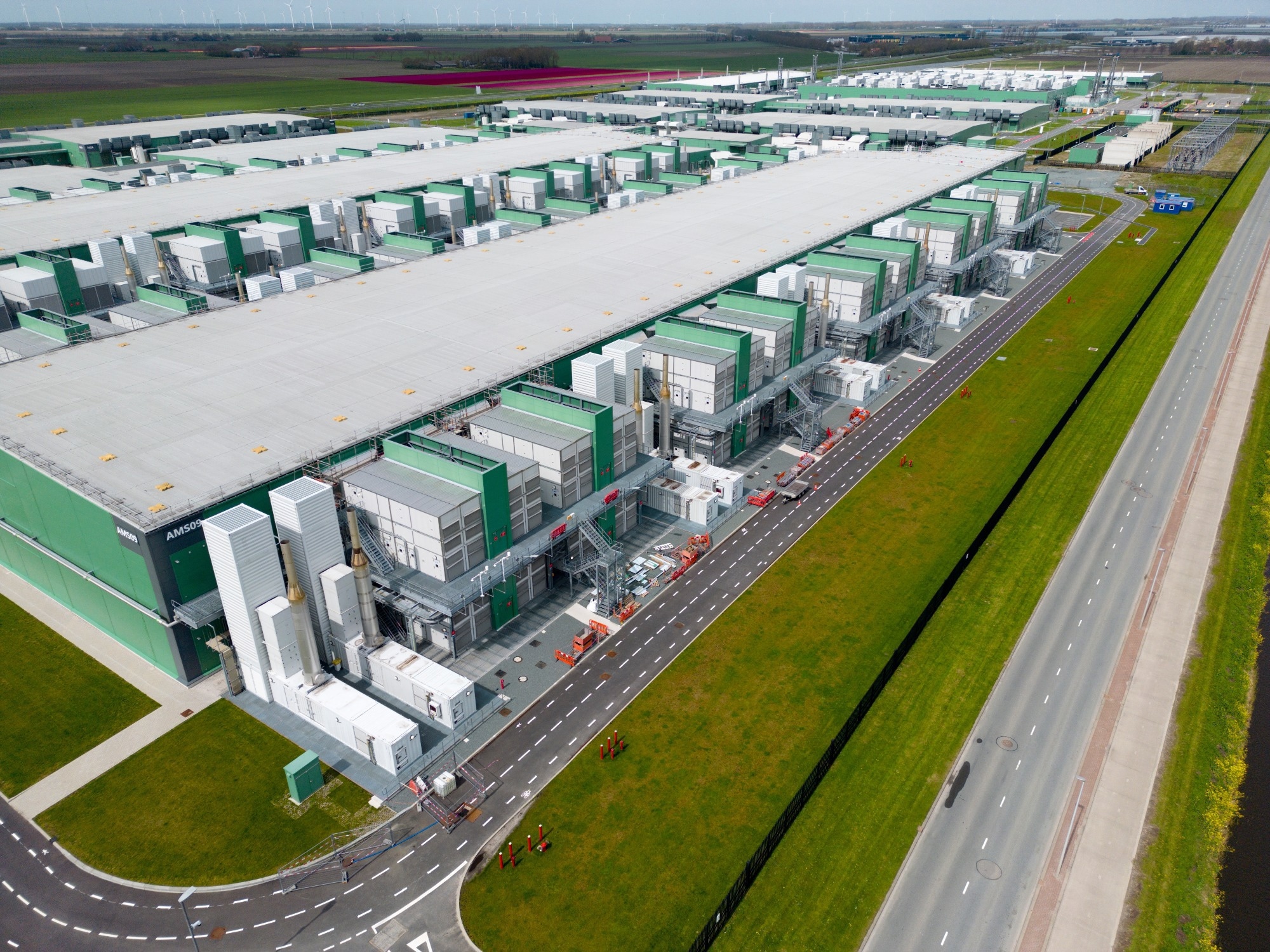As data centers multiply near neighborhoods, experts reveal new noise-control solutions and urge stronger regulations to shield communities from excessive sound.
 Image Credit: corlaffra / Shutterstock
Image Credit: corlaffra / Shutterstock
The past few years had seen an explosion in data centers built across the country, as developers tried to keep up with demand created by artificial intelligence, cloud storage, and e-commerce. Many of these data centers were being built near residential areas, and the people who lived there kept complaining about the noise.
Gregory Miller and his colleagues at Trinity Consultants presented their work on noise control strategies for data centers on Monday, May 19, at 8:05 a.m. CT. This was part of the joint 188th Meeting of the Acoustical Society of America and 25th International Congress on Acoustics, which ran May 18–23.
A key protection communities had from excessive noise was a well-crafted noise code. Local governments could pass laws or regulations limiting the amount of noise facilities like data centers could produce, along with more detailed rules regarding the types of noise, how often those noises occurred, and how far away that noise could be perceived. Unfortunately, many jurisdictions lacked detailed noise ordinances for data centers.
"Over the course of our work on noise control for data centers, one of the greatest challenges we faced was the lack of reliable noise codes that our clients could use, with conflicting noise requirements between local, county, and state authorities," said Miller.
The absence of explicit noise ordinances meant residents could not be protected from extreme noise, and developers had no clear guidance when designing new data centers. The addition of dedicated power plants and transformer stations exacerbated this problem.
"Having exhausted many of the sites that readily had enough power to run a data center, many new data centers were accompanied by power generation stations," said Miller. "In many cases, the power generation was at least as noisy — if not noisier — than the data center it served."
To help develop proper guidance, Miller and his colleagues identified many of the worst sources of data center noise and the most effective means of controlling that noise. Some potential solutions included sound barriers, thick walls around power plants, and low-frequency resonators on some of the biggest sources of noise.
During the conference, Miller also discussed his team's efforts to help data center developers and residential communities find effective solutions.
"We continued to work with data center developers on strategies for interacting with communities and demonstrating their interest in being reliable neighbors," said Miller. "We also worked with communities to try to help them understand the types of information they needed to develop robust noise ordinances."
By encouraging a spirit of collaboration between both groups, Miller hoped that everyone could benefit from a quieter breed of data center.
"Ultimately, we wanted to help foster an environment in which residents were protected from excessive noise, and in which developers could reliably build new data centers within reliable and reasonable parameters," said Miller.